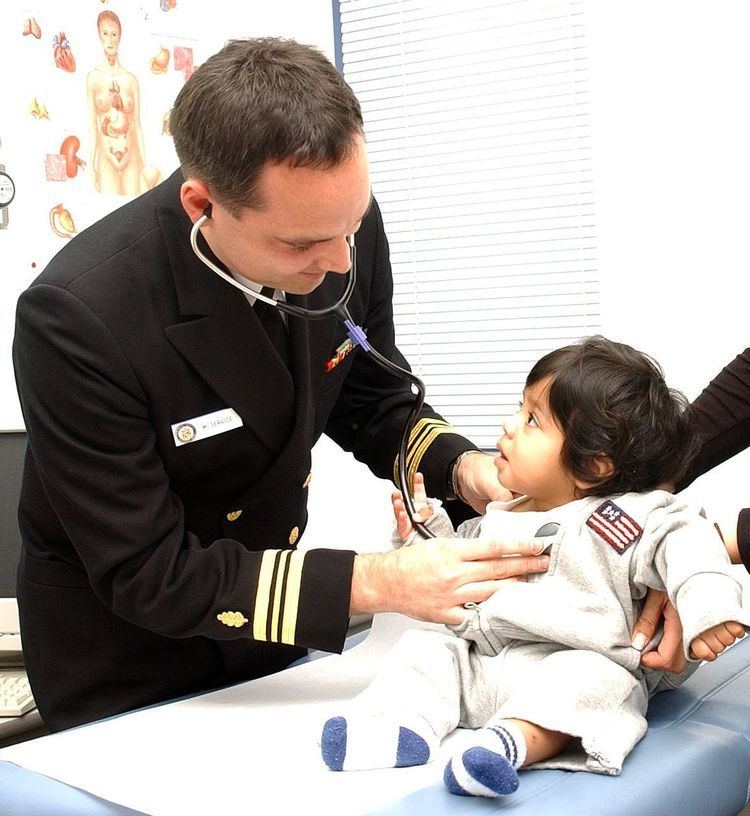 | ||
Males make up around 20% of the taskforce in the UK and USA. Nurses are typically regarded as female and males in nursing can find themselves referred to by the public and patients as 'male nurses' or 'murse' to distinguish them from other nurses.
Contents
History
During plagues that swept through Europe, male nurses were primary caregivers. In the 3rd century, men in the Parabolani created a hospital and provided nursing care. The Codex Theodosianus of 416 (xvi, 2, 42) restricted the enrollment on male nurses in Alexandria to 500.
Reasons for low representation
There are several reasons suggested for a low uptake of nursing by males: stereotypes of nursing, lack of male interest in the profession, low pay, nursing job titles such as Sister and Matron, and the perception that male nurses will have difficulty in the workplace carrying out their duties.
Campaigns to increase representation
Unlike the campaigns and groups set up to increase and promote women's opportunities in medicine and surgery there have been no comparable campaigns to increase the number of males in nursing.
Whilst there have been no campaigns to increase the number of male nurses in the profession, public perception of men working as nurses is changing, which is seeing larger numbers of men apply for the role.
Careers
Despite there being low numbers of male nurses, there is no indication that they suffer in their career and anecdotal evidence suggests that they can be fast tracked.
United Kingdom
The Society of Registered Male Nurses RCN history merged with the RCN in 1941.
After the Second World War, large numbers of male nurses move into the work force as they were demobilised after the war and had gained medical experience.
In 1951 male nurses joined the main nursing register.
In 2004 the percentage of male nurses was 10.63%. This had increased very slightly to 10.69% in 2008.
In 2008 there were 132 male midwives on the Nursing and Midwifery Council (NMC) nursing register.
United States
In 2008, of the 3,063,163 licensed registered nurses in the United States only 6.6% of were men. Men make up only 13% of all new nursing students.
Nursing schools for men were common in the United States until the early 1900s. More than half of those offering paid nursing services to the ill and injured were men. Yet by 1930, men constituted fewer than 1% of RNs in the United States. As they found other, more lucrative occupations, they left nursing behind.
In 1955, the United States Congress revised the Army-Navy Nurses Act of 1947 to allow for the commissioning of men into military nursing corps.
The American Assembly for Men in Nursing was founded in 1971. The purpose of the AAMN is to provide a framework for nurses as a group to meet, discuss, and influence factors that affect men as nurses.
In Mississippi University for Women v. Hogan, 458 U.S. 718 (1982), the U.S. Supreme Court ruled 5–4 that Mississippi University for Women's single sex admissions policy for its nursing school violated the Fourteenth Amendment's equal protection clause. Justice Sandra Day O'Connor wrote the landmark opinion.
